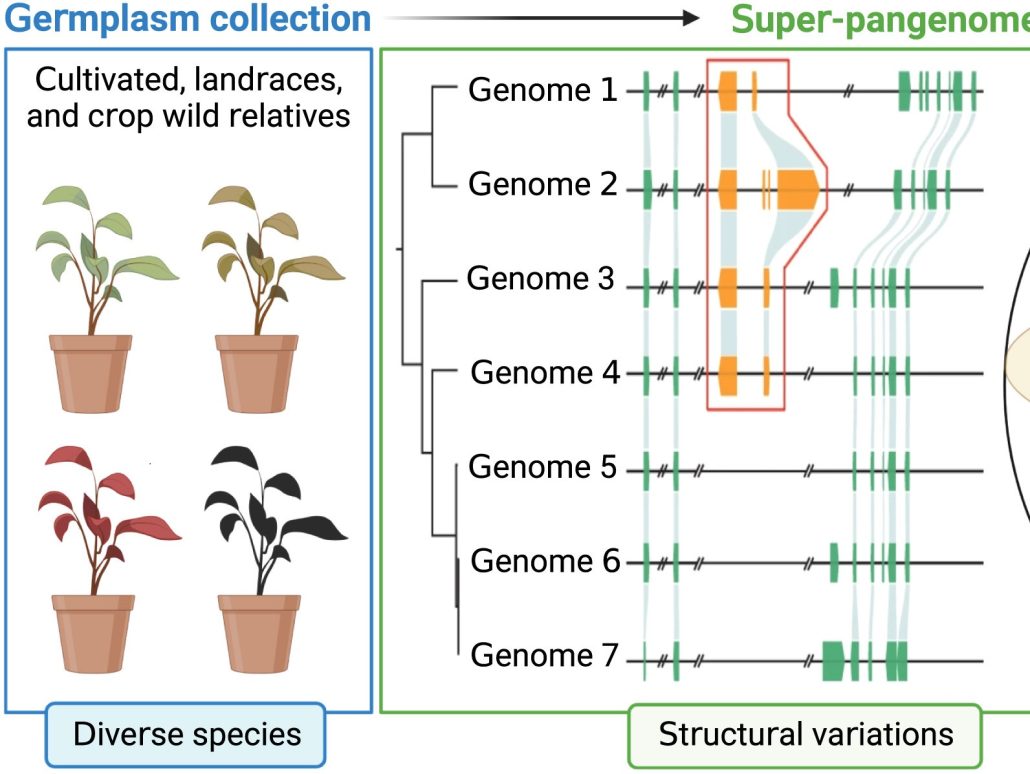
Spotlight: Super-pangenomes for improved breeding
Plant Science Research WeeklySometimes more really is better, and I think it’s safe to say that when it comes to genomic information, more is better. Here, Raza et al. highlight the great value of super-pangenomes. A pan-genome is defined as the entire set of genes within a species, created by combining sequences of many individuals.…
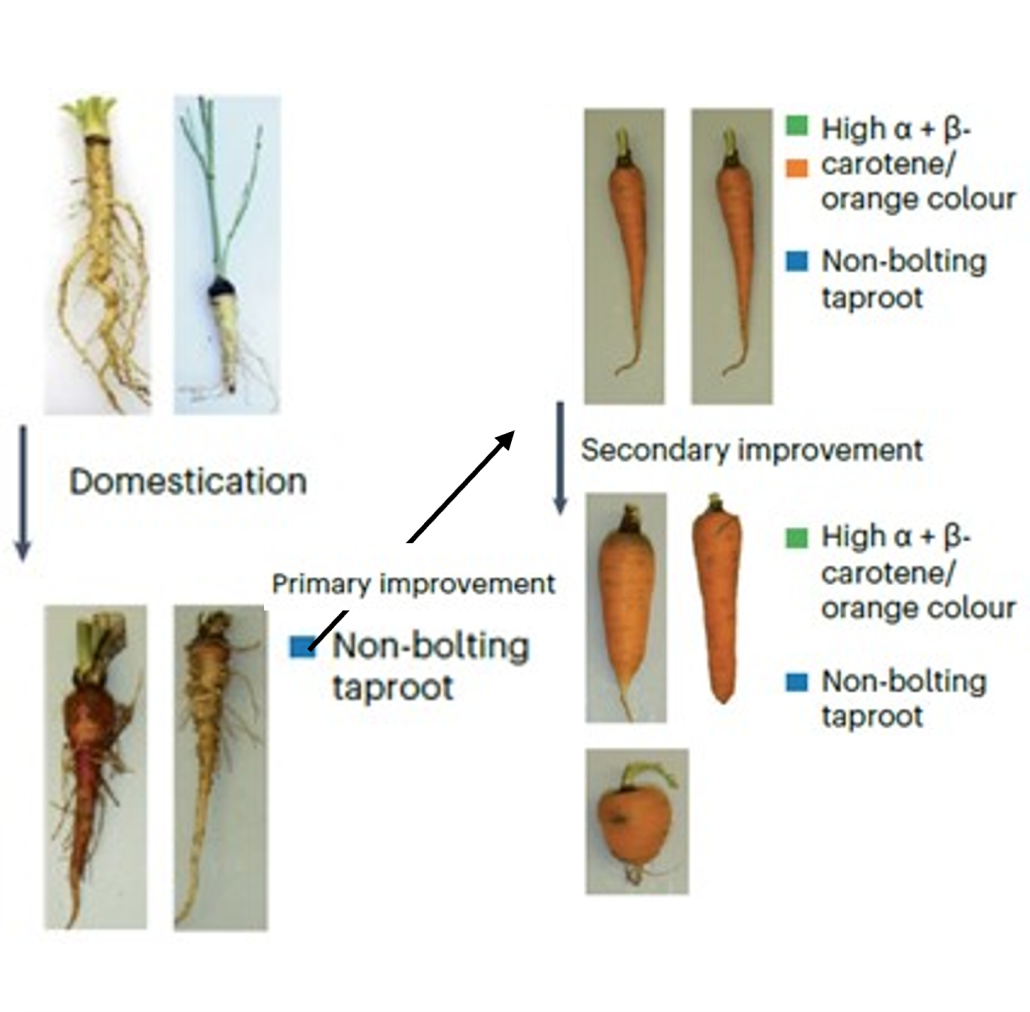
When and how did carrots turn orange?
Plant Science Research WeeklyCarrots were not always orange, and a new paper by Coe, Bostan, Rolling et al. sheds new light into the history of carrot domestication and improvement, i.e., how we went from white, knotty carrots to the orange, smooth ones that are now consumed all over the world. The authors published a new version…
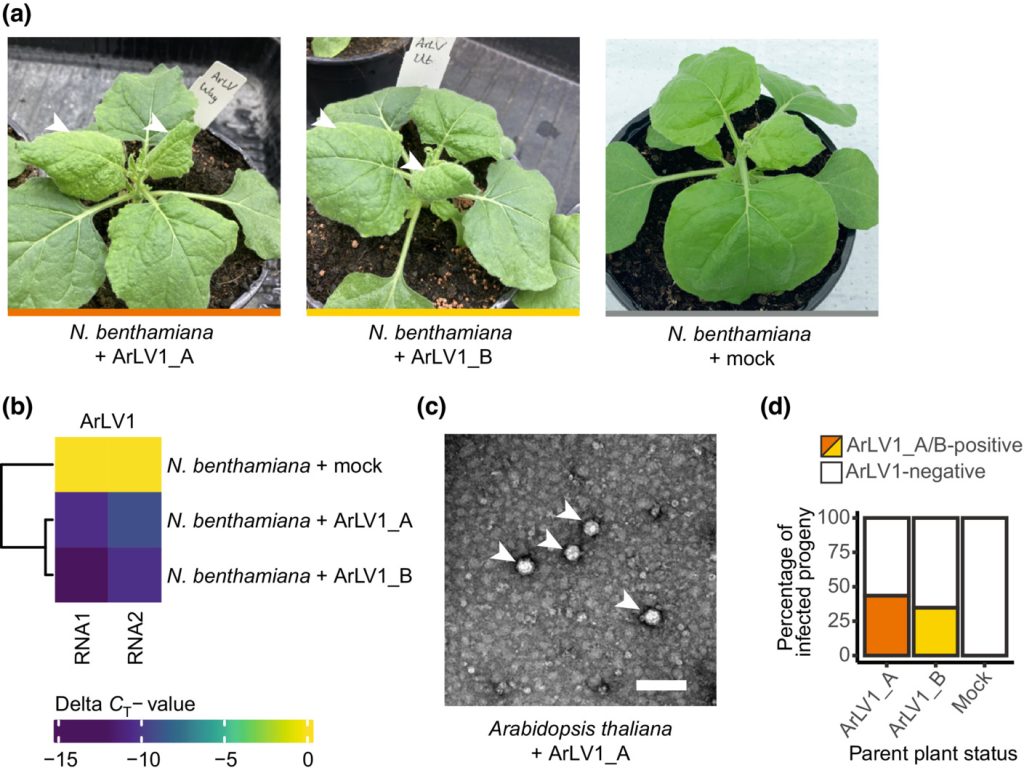
Review: Complementing model species with model clades
Plant Science Research WeeklyWithout doubt, Arabidopsis thaliana has thoroughly demonstrated its usefulness as a model species. In this interesting article by Mabry et al. (with an impressive author list!), the authors propose to expand the Arabidopsis toolkit to encompass its entire order – its family of families, the Brassicales.…

Identifying candidates from genome wide association studies using gene orthologs
Plant Science Research WeeklyGenome wide association studies (GWAS) identify genomic loci associated with a specific trait. However, these loci often contain many genes, so selecting which to investigate further can be tricky. To improve this Whitt, et al. developed a program called FiReMAGE (filtering results of multi-species,…
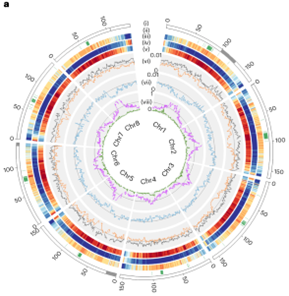
Genetic architecture of heterostyly and domestication history of common buckwheat
Plant Science Research WeeklyCommon buckwheat (Fagopyrum esculentum) is a self-incompatible orphan crop which is gaining interest as it can be grown worldwide and grows well in low fertility soil. However, there are limited genomic resources available for common buckwheat. Here Fawcett et al. combined Illumnia short-read data with…
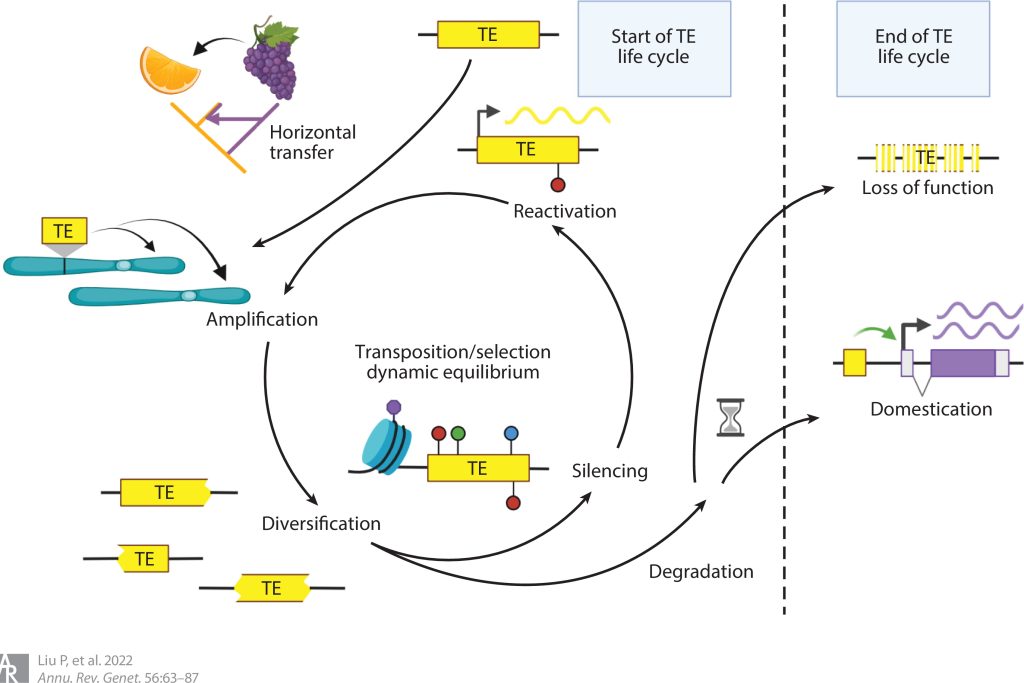
Review: Transposable element life cycles in plant genomes and beyond
Plant Science Research WeeklyWhat a wonderful review! As the title indicates, this review by Liu et al. looks at transposons, considering their “life cycle” – from introduction into a naïve genome, through amplification, diversification, silencing, reactivation, and ultimately domestication or loss-of-function. Besides this…
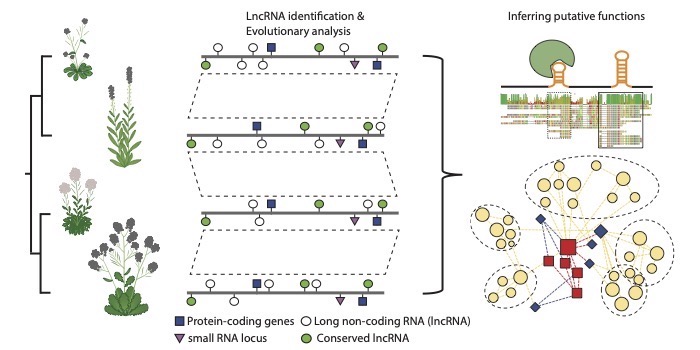
Identifying thousands of RNA genes in Brassicaceae
The Plant Cell: In a NutshellPalos et al. identify thousands of new long intergenic noncoding RNAs using public data.
By Kyle Palos and Andrew Nelson
Background: All plants have thousands of genes in their genomes that contribute to plant form and function. While the functional “end-state” of many of these genes are…
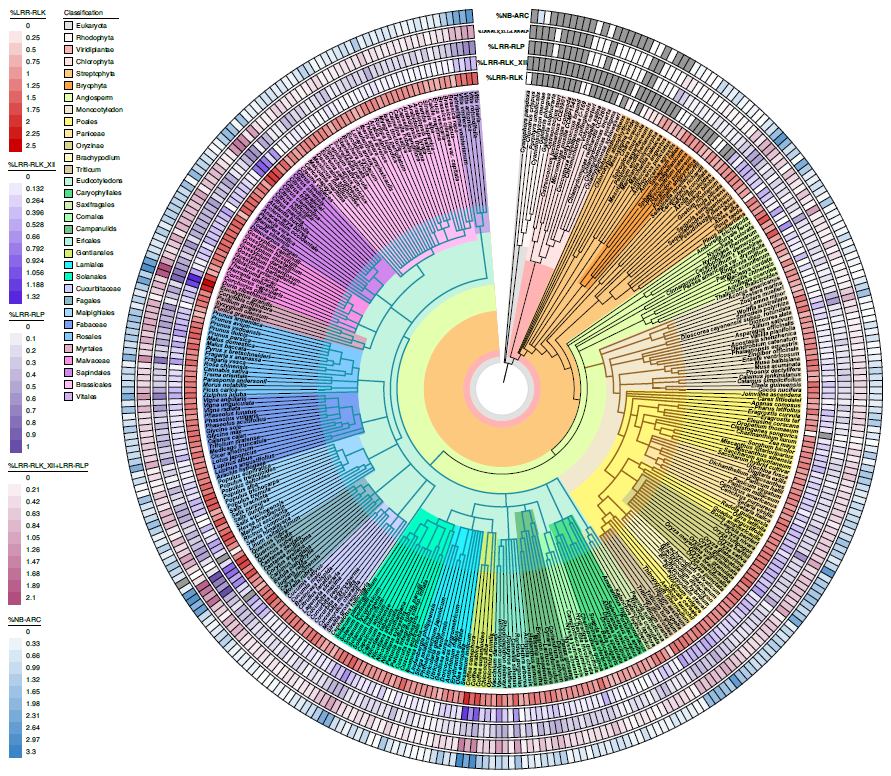
Concerted expansion and contraction of immune receptor gene repertoires in plant genomes (Nature Plants)
Plant Science Research WeeklyPlant immunity is crucial for adaptation to pathogen attack and subsequent survival. Two systems support plant immunity. Cell-surface pattern-recognition receptors (PRRs) recognize pathogen-associated molecular patterns (PAMPs) and prompt pattern-triggered immunity. Intracellular nucleotide-binding leucine-rich…

Arabidopsis latent virus 1, a comovirus widely spread in Arabidopsis thaliana collections (New Phytol)
Plant Science Research WeeklyArabidopsis thaliana has been established as a versatile and important model plant species, with abundant genetic and genomic resources. Through RNA sequencing, Verhoeven et al. identified an unexpected and previously unnoticed latent comovirus (the name “como” derives from cowpea mosaic virus) lurking…

